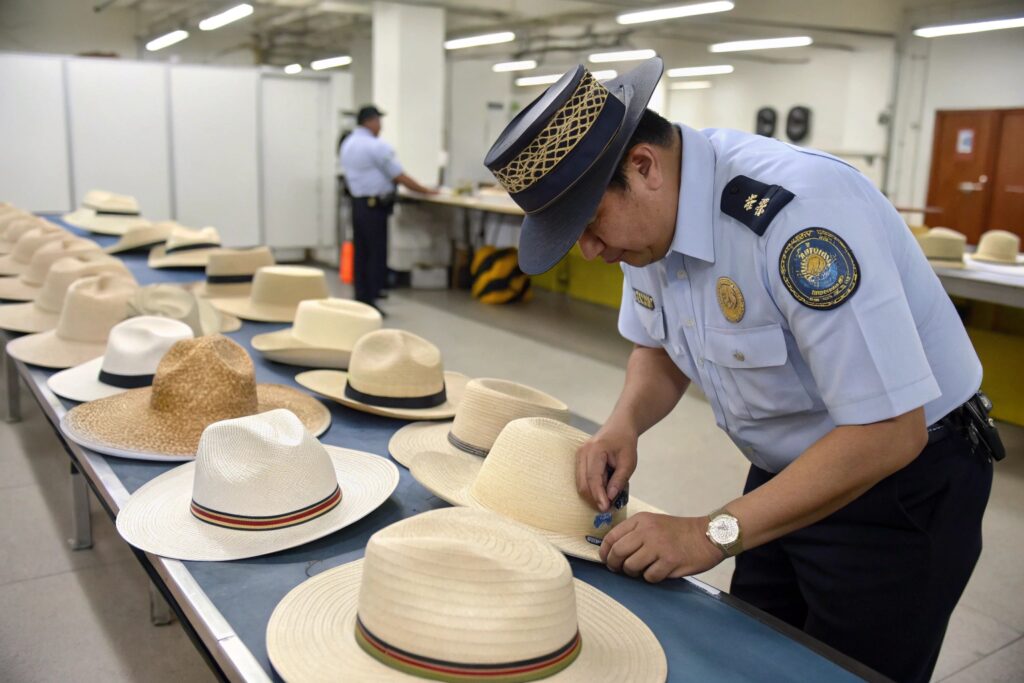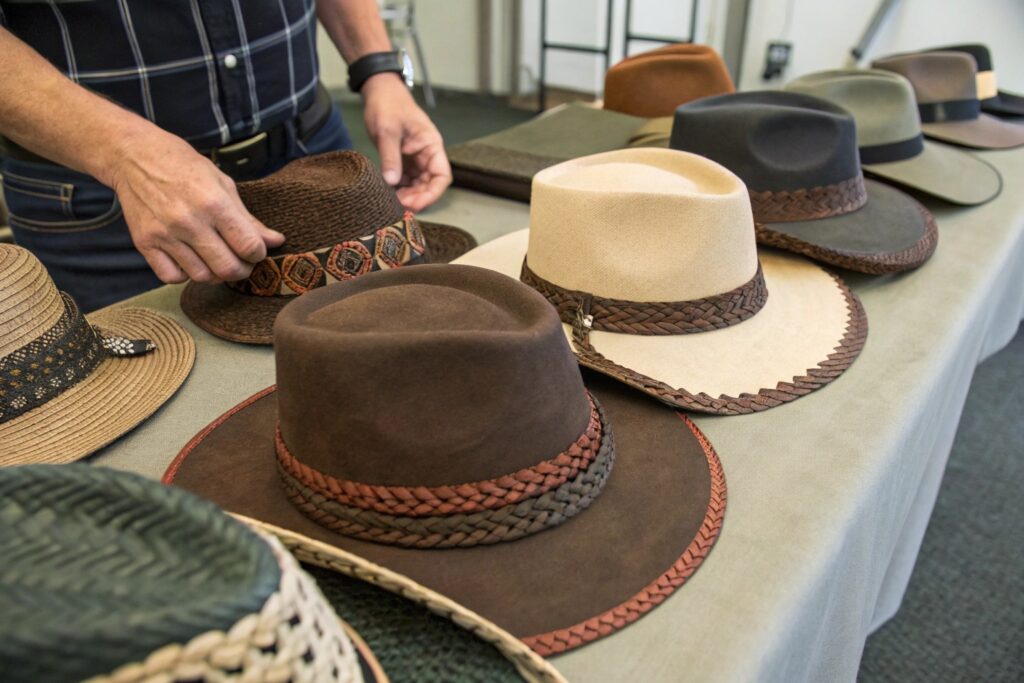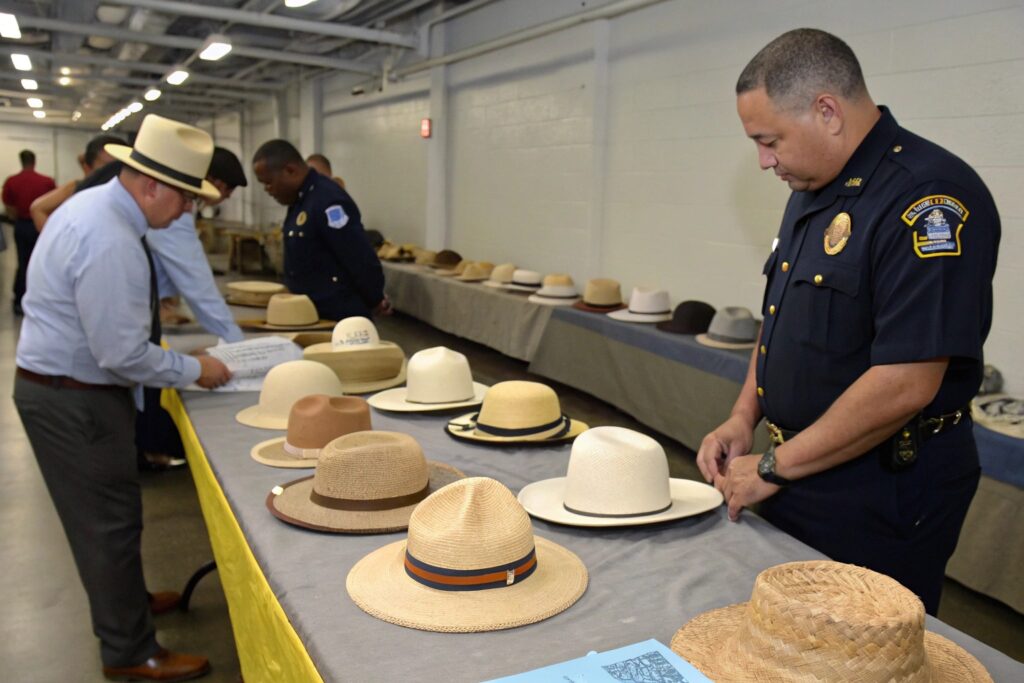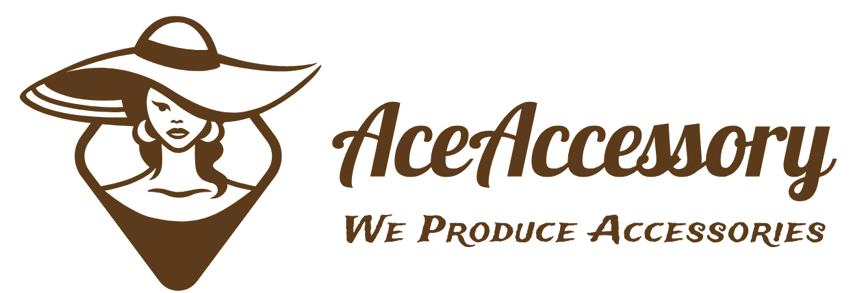If you’ve ever had a shipment stuck at customs, you probably already know the pain of getting the HS Code wrong. One small error can lead to delays, overpaid duties—or even fines.
HS Codes (Harmonized System Codes) are used by U.S. Customs to classify imported goods. For hair bands, belts, and hats, knowing the correct HS Code ensures accurate duties and faster clearance.
At AceAccessory, we help clients get classification right the first time. Here’s your go-to guide to the essential HS Codes for common fashion accessories.
What is the customs HS code for belt?
Belts come in many forms—leather, textile, PU—and each material can fall under a different code. If you're importing fashion belts, you must classify based on the material that gives the product its essential character.
The common HS Code for fashion belts made of plastic or textile is 6217.10.10.00 in the U.S. Tariff Schedule. Leather belts often fall under 4203.30.0000.

Belt HS Codes by Material
| Belt Type | HS Code | Description | Duty Rate (approx.) |
|---|---|---|---|
| Leather Belt | 4203.30.0000 | Articles of apparel/accessory—leather | 2.7% |
| Textile/Plastic Belt | 6217.10.1030 | Accessories: Other of man-made fibers | 14.6% |
| PU/Faux Leather Belt | 3926.20.9050 | Plastic apparel & accessories | 5.3% |
We always recommend submitting material breakdowns and samples for U.S. Customs if unsure—especially for mixed-material belts or decorative styles.
What is the HS Code 6507000090?
This one shows up often in hat-related imports. You’ll spot it on customs declarations for unfinished or basic hats.
HS Code 6507000090 refers to "Headgear, not elsewhere specified or included, whether or not lined or trimmed." It covers various non-structured or loosely finished hats.

When to Use 6507.00.0090?
| Hat Type | Applies to HS 6507000090? | Notes |
|---|---|---|
| Straw hat shells (unblocked) | ✅ Yes | For further processing |
| Knit hat blanks | ✅ Yes | Prior to embroidery or lining |
| Finished baseball caps | ❌ No | Use 6505 series instead |
| Party hats | ✅ Sometimes | If soft or unstructured |
At AceAccessory, we always provide product images and descriptions to our broker to avoid reclassification. If you're importing partially finished goods for local finishing, this code may apply.
What is the HS code for hat bands?
This is where things get specific. A hat band—the decorative or functional band around a hat—counts as a separate accessory if shipped independently.
The HS Code for hat bands is generally classified under 6217.10.1090 (Other clothing accessories, not knitted or crocheted).

Hat Accessory Code Breakdown
| Accessory Type | HS Code | Description | Duty Rate |
|---|---|---|---|
| Hat Bands (fabric) | 6217.10.1090 | Clothing accessories, textile-based | 14.6% |
| Hat Bands (plastic) | 3926.20.9050 | Plastic apparel & accessories | 5.3% |
| Decorative trims | Varies | Classify by material | Varies |
If shipped attached to hats, they are part of the hat and not classified separately. But if imported in rolls or separately packaged, they must be coded on their own.
What is HS code 6507.00 0000?
This is a broader form of the code mentioned earlier. It's an older or truncated version used in some systems.
HS Code 6507.00.0000 refers to headgear not elsewhere specified or included, whether or not lined or trimmed. It is mostly used for unfinished hats, hat shells, or non-standard headgear.

Distinguishing Finished vs Unfinished Hat Codes
| Hat Type | Proper HS Code | Description |
|---|---|---|
| Finished Cap | 6505.00.8090 | Baseball caps, structured hats |
| Knit Winter Hat | 6505.00.5000 | Of man-made fibers, knitted |
| Hat Shell (Straw) | 6507.00.0000 | Unfinished, untrimmed straw hats |
| Paper Hat (party use) | 6507.00.0000 | May qualify under loose headgear codes |
AceAccessory always provides a certificate of composition and clear product images to customs brokers to avoid misclassification or excess duties.
Conclusion
Getting HS Codes right for hair bands, belts, and hats is essential for smooth customs clearance and accurate duty calculation. At AceAccessory, we guide clients through U.S. import codes and help ensure their documentation supports the correct classifications from day one.










